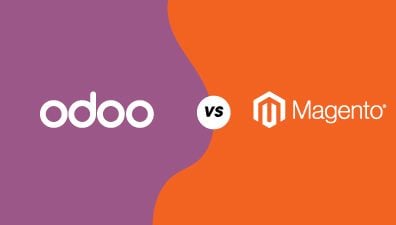In recent years, Progressive Web Applications (PWAs) have been gaining popularity in the world of eCommerce as a way to provide a fast, engaging, and seamless user experience across all devices. Magento, one of the leading eCommerce platforms, has also embraced this trend, with its PWA Studio framework designed to help developers create and deploy high-performing PWAs. In this article, we explore some of the latest Magento PWA development trends and best practices for creating PWAs that meet the demands of modern eCommerce customers.
Table of Contents
Overview of Magento PWA Development
Magento PWA Development is the process of creating Progressive Web Applications (PWAs) on the Magento platform. PWAs are web applications that provide a mobile app-like experience to users while being delivered through the web. Magento, one of the most popular eCommerce platforms, has introduced its PWA Studio, which provides developers with the tools and frameworks required to build highly functional and interactive PWAs on top of the Magento platform.
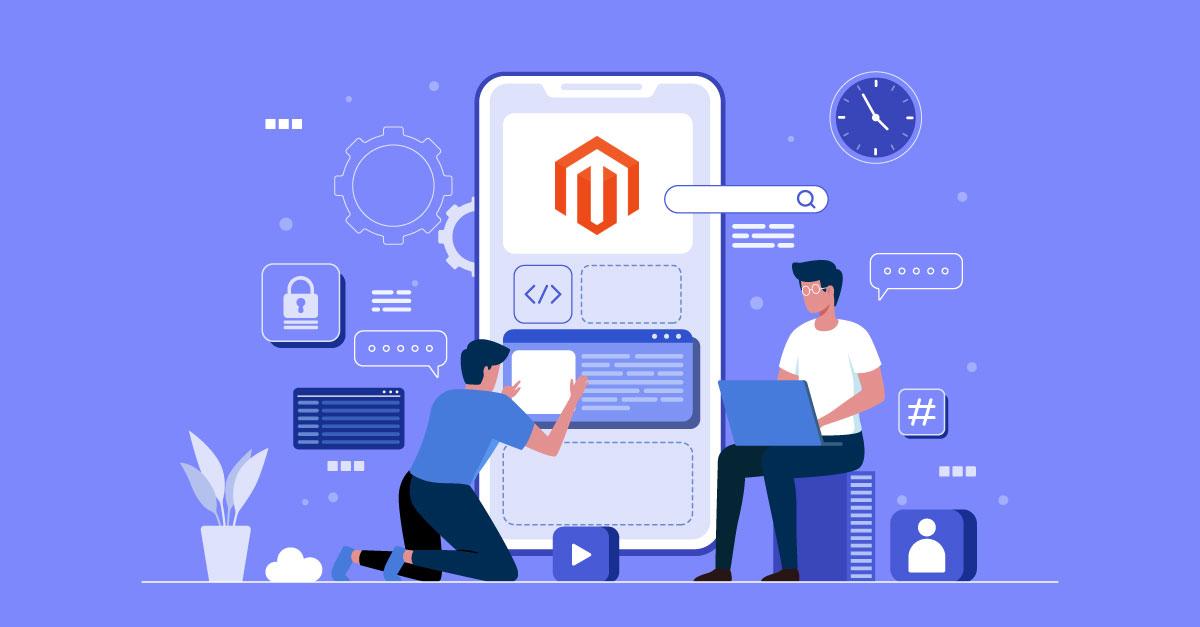
PWAs developed on the Magento platform offer many benefits to eCommerce businesses, including faster load times, improved performance, offline functionality, and a superior user experience. Magento PWA Development has become increasingly popular due to its flexibility, scalability, and ease of customization.
5 Magento PWA Development Trends
Increased Adoption of PWA by eCommerce businesses
The very first Magento PWA development trend is the increased adoption of PWA. This trend is driven by several factors including the need for a superior user experience, increased website performance and speed, improved SEO, and lower development costs.
Factors driving increased adoption of PWA
- Higher conversion rates: Magento PWAs are built using technologies such as ReactJS and GraphQL, which enable fast and smooth navigation, even on slow or unreliable networks. PWAs also allow users to easily access the website through a simple icon on their mobile device home screen, further improving accessibility and ease of use.
- Improved website performance and speed: PWAs are built to work offline and can load quickly from the cache, eliminating the need for a network connection. Additionally, PWAs are highly responsive, adapting seamlessly to various screen sizes and orientations, which is essential for providing a consistent user experience across all devices.
- Improved SEO: Since PWAs are web applications, they are discoverable by search engines, unlike native mobile apps. This means that PWAs can benefit from traditional SEO techniques, such as optimizing meta tags and ensuring that the website content is mobile-friendly.
- Lower development costs: PWAs offer a lower cost of development compared to native mobile apps, as they use web technologies that are widely available and well-supported. This means that businesses can save time and money by developing a single PWA that can be used across all platforms, rather than investing in separate iOS and Android apps.
Best practices to increase adoption of PWA
- Educate customers about the benefits of PWAs: eCommerce businesses can educate their customers about the benefits of PWAs such as improved speed, offline functionality, and a seamless user experience.
- Test and optimize for performance: Performance is a critical factor in the success of a PWA. eCommerce businesses should test and optimize their PWAs for performance by minimizing the size of the PWA, using caching and compression, and optimizing images and other media.
- Leverage push notifications: PWAs support push notifications, which can be leveraged by eCommerce businesses to increase customer engagement and retention. Businesses can send targeted push notifications based on customer behavior and preferences to keep customers engaged.
- Utilize PWA-specific features: PWAs offer several features that are not available on traditional websites, such as offline functionality, home screen installation, and push notifications. eCommerce businesses should leverage these features to provide a better user experience and increase customer engagement.
Focus on Mobile Optimization
As mobile devices become increasingly popular for web browsing and shopping, there is a growing need for eCommerce businesses to focus on mobile optimization. This Magento PWA development trend is designed to provide a fast and seamless mobile experience.
Factors driving the focus on mobile optimization
- Increasing use of mobile devices for web browsing and shopping: Mobile traffic now accounts for a significant portion of all website traffic, and this trend is only expected to continue in the coming years. As a result, businesses are now prioritizing mobile optimization to ensure that their websites are accessible and user-friendly on all devices.
- Expectations of users for fast, seamless experiences on mobile: With the rise of mobile-first browsing habits, users expect websites to load quickly and function smoothly on their mobile devices. Slow loading times or difficult navigation can result in a frustrating user experience, leading to a higher bounce rate and lower engagement.
- Higher mobile conversion rates: With more and more users browsing and shopping on mobile devices, it is essential for businesses to provide a fast and seamless mobile experience in order to convert visitors into customers.
Mobile optimization best practices
- Responsive design: As mentioned earlier, responsive design is important for mobile optimization. Developers should design their PWAs with a mobile-first approach and ensure that the design is responsive to different screen sizes and resolutions.
- Fast load times: Fast load times are critical for mobile users who may have limited data plans or slower internet connections. Developers should optimize images and reduce server response time to ensure fast load times.
- Streamlined user interface: Mobile users may be interacting with a smaller screen, so it’s important to keep the user interface simple and easy to navigate. Use clear calls to action and minimize the number of clicks required to complete a task.
- Mobile-specific features and functionality: Consider adding features and functionality that are specific to mobile users, such as the ability to swipe or use touch gestures. These can enhance the user experience and make the PWA feel more intuitive for mobile users.
Greater Emphasis on User Experience
In today’s competitive eCommerce landscape, businesses are placing a greater emphasis on user experience (UX) to differentiate themselves from their competitors. This trend is driving the Magento PWA development trends that are designed to provide a superior user experience.
Factors driving the emphasis on user experience in PWA development
- Increasing competition in the eCommerce space: With more and more businesses entering the market, it is essential to stand out and provide a unique and engaging user experience that sets your brand apart. PWAs offer a range of features and functionalities that can help businesses achieve this goal, from fast page loading times to seamless navigation and intuitive design.
- Higher expectations of users for engaging, personalized experiences: Today’s consumers have come to expect a high level of personalization and customization in their online experiences. PWAs can help businesses deliver on these expectations by leveraging technologies such as machine learning and artificial intelligence to personalize content and recommendations based on a user’s browsing history and preferences.
- Importance of user experience in building brand loyalty: A positive user experience can go a long way in building trust and loyalty with your customers, leading to repeat purchases and brand advocacy. PWAs offer a range of tools and features that can help businesses create a more engaging and memorable user experience, from push notifications to social media integration.
Best practices for user experience
- Personalization: Provide a personalized experience for each user by displaying content and product recommendations based on their browsing and purchase history.
- Clear navigation: Ensure that your PWA has a clear and intuitive navigation system that allows users to easily find what they are looking for.
- Consistent design: Keep the design of your PWA consistent across all pages to help users feel comfortable and familiar with the layout.
- Fast performance: Ensure that your PWA is fast and responsive to user interactions. This includes quick page load times and minimal latency when navigating through the PWA.
- Simple checkout process: Simplify the checkout process as much as possible by minimizing the number of steps required and providing clear instructions along the way.
Integration with third-party services and tools
As businesses seek to provide more specialized and advanced functionality, they are also turning to third-party services and tools to meet their needs. This has led to a growing trend of integrating PWAs with a range of third-party services and tools.
Factors driving the integration trend in PWA development
- Growing need for specialized functionalities and services: Many eCommerce businesses have unique requirements and features that can’t be met with out-of-the-box solutions. By integrating their PWAs with third-party services and tools, businesses can access specialized functionality such as advanced analytics, payment processing, and shipping management, without the need to build and maintain these features in-house.
- Desire to streamline and automate business processes: By integrating their PWAs with existing systems and tools, businesses can automate many of their daily tasks and processes, such as order fulfillment and inventory management. This can lead to significant time and cost savings, as well as improved efficiency and accuracy.
- Require for seamless integrations with existing systems and tools: Many businesses have invested heavily in their existing systems and tools, and they want to ensure that their PWAs can integrate seamlessly with these solutions. This requires a deep understanding of the underlying technologies and standards used by these systems, as well as a strong focus on compatibility and interoperability.
Best practices for integration in PWA development
- Use of APIs and webhooks to connect to third-party services: APIs and webhooks provide a standardized way for different systems to communicate with each other. They can be used to connect your PWA with various third-party services, such as payment gateways, shipping providers, and social media platforms.
- Implementation of integrations with popular payment gateways and shipping providers: By integrating with popular payment gateways and shipping providers, you can provide a more convenient and efficient checkout experience for your users. This can help to improve conversion rates and increase customer satisfaction.
- Integration of marketing and analytics tools to improve targeting and measurement: Integrating your PWA with marketing and analytics tools can help you to better understand your users and their behaviors. This can enable you to optimize your marketing efforts and improve your overall business performance.
PWA Studio Improvements
PWA Studio is a collection of tools and resources that enables developers to build and deploy PWAs on the Magento platform. As PWAs continue to gain popularity, the PWA Studio team is constantly working to improve and enhance the capabilities of this toolkit. Let’s explore the factors driving the improvements to PWA Studio in PWA development.
Factors driving the improvements to PWA Studio in PWA development
- Feedback from developers and users: As more businesses and developers adopt PWAs, they are providing valuable feedback on their experiences with PWA Studio. This feedback is used by the PWA Studio team to identify areas for improvement and to prioritize new features and functionality.
- Need for increased flexibility and customization options: As businesses seek to differentiate themselves and provide unique user experiences, they require more control over the look and feel of their PWAs. The PWA Studio team is addressing this need by providing more customization options and tools, such as configurable grids and improved theming capabilities.
- Desire to stay up-to-date with changing technologies and trends: The web development landscape is constantly evolving, with new technologies and trends emerging all the time. The PWA Studio team is committed to keeping pace with these changes and ensuring that the toolkit remains relevant and up-to-date. This includes adopting new technologies such as GraphQL and React Hooks, and providing support for emerging trends such as headless commerce.
Best practices for PWA Studio development
- Following a modular approach to development: PWA Studio encourages modularity, with each feature or functionality being developed as a separate module. This approach makes it easier to maintain the codebase, add new features, and debug issues.
- Using the latest version: Developers should keep PWA Studio updated to ensure they have access to the latest features and bug fixes.
- Leveraging existing modules: PWA Studio has a rich set of pre-built modules that can be leveraged to speed up development and reduce code complexity.
- Testing: Testing is a critical aspect of PWA Studio development, and developers should ensure that they have comprehensive test coverage for all modules and features.
- Performance optimization: PWA Studio places a strong emphasis on performance, and developers should follow best practices for optimizing the performance of their PWAs. This includes minimizing asset sizes, using efficient coding practices, and leveraging caching strategies.
Benefits of Keeping up with PWA Development Trends
Enhanced User Experience
One of the primary benefits of keeping up with Magento PWA development trends is the ability to provide an enhanced user experience. As businesses compete for the attention and loyalty of customers, providing a seamless, engaging user experience is more important than ever. By keeping up with the latest trends and best practices in PWA development, businesses can ensure that their PWAs are optimized for speed, performance, and usability, resulting in higher engagement and conversion rates.
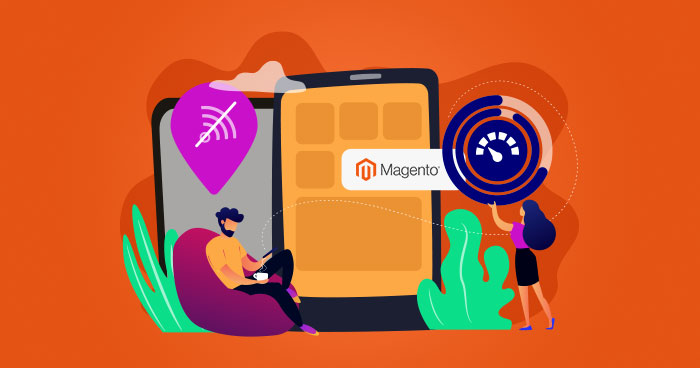
For example, by incorporating features such as push notifications, offline functionality, and streamlined checkout processes, businesses can provide users with a more seamless and convenient shopping experience. By leveraging the latest advances in front-end technologies such as React and Vue.js, developers can create PWAs that are fast, responsive, and intuitive, leading to higher levels of user satisfaction and retention.
Improved Website Performance and Speed
In today’s fast-paced digital world, users expect websites to load quickly and perform seamlessly, regardless of the device or network they are using. By leveraging the latest advancements in Magento PWA development trends, businesses can optimize their websites for speed, resulting in improved user engagement and higher conversion rates.
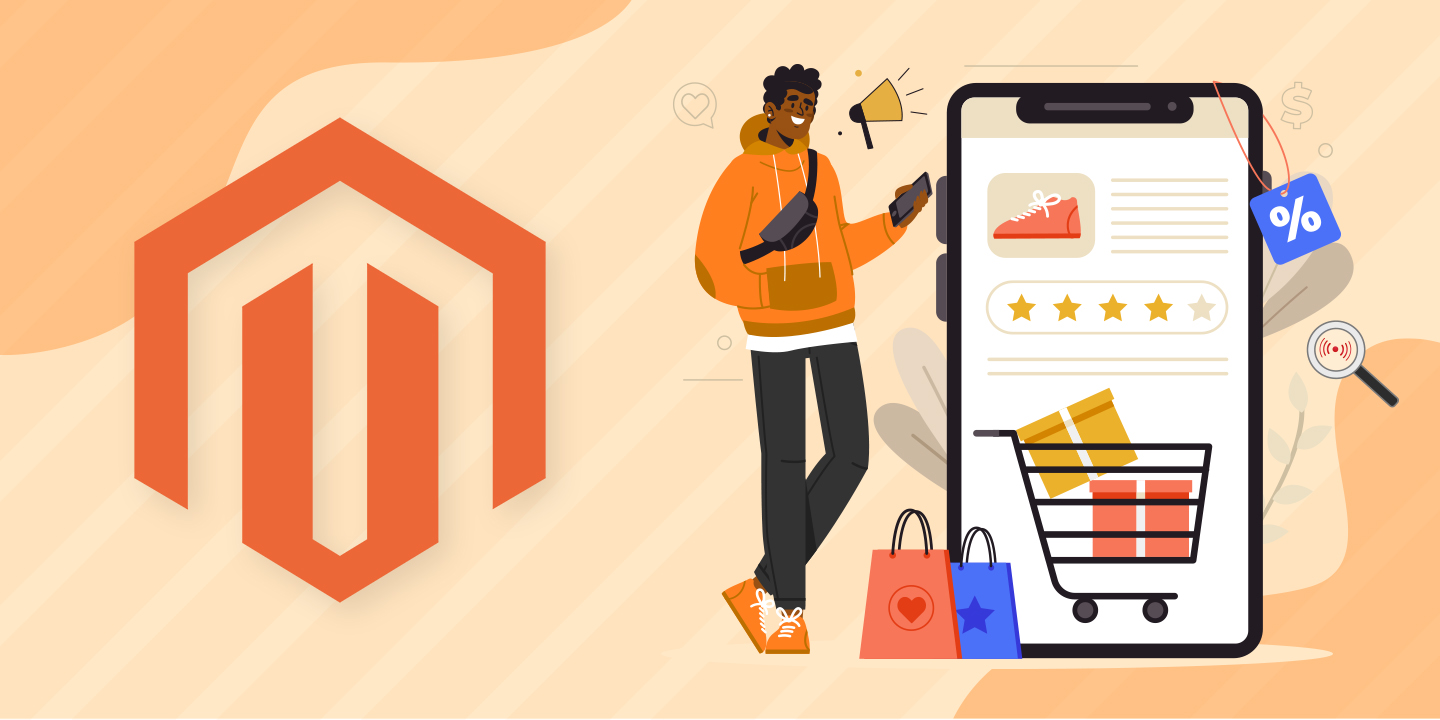
For example, PWAs offer several performance-enhancing features, such as pre-caching of content, which allows the app to load quickly even on slow or unreliable networks. Additionally, PWAs can be optimized for low-end devices, ensuring that users with older or less powerful devices can still access and use the app without experiencing lag or delays.
Better ROI
By incorporating the latest user engagement features, such as push notifications and offline access, businesses can create apps that keep users engaged and coming back for more. This can lead to better retention rates, increased customer loyalty, and ultimately, better ROI.
In addition, PWAs offer several optimization features, such as fast load times, easy navigation, and streamlined checkout processes, which can help to reduce friction and improve conversion rates. By optimizing for conversion, businesses can increase their revenue and profitability, resulting in a better ROI.
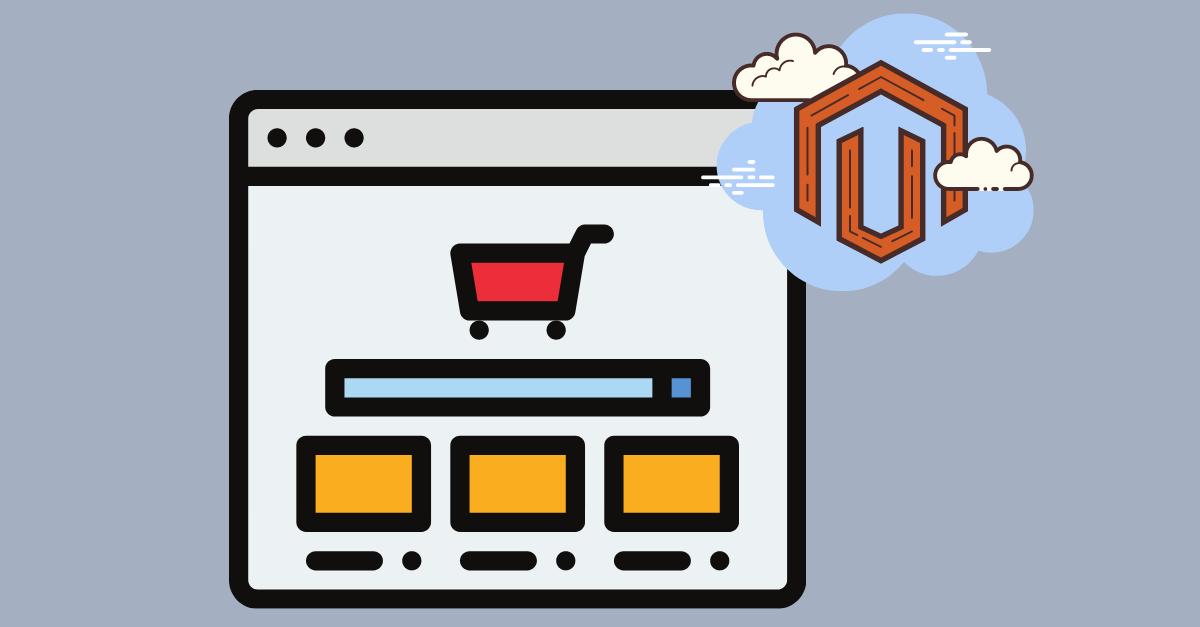
As new technologies and features emerge, PWAs can be updated and optimized to take advantage of these advancements, resulting in more engaging and effective apps. By staying on top of these trends, businesses can differentiate themselves from the competition and achieve better ROI.
In conclusion
Magento PWA development trends are evolving fields that continue to be shaped by emerging technologies and changing customer expectations. Staying up-to-date with the latest trends and best practices in PWA development can help eCommerce businesses improve their user experience, increase their conversion rates, and achieve better ROI. Mobile optimization, user experience, integration with third-party services and tools, and improvements to PWA Studio are all important areas to focus on when developing a Magento PWA. By implementing these best practices, eCommerce businesses can stay ahead of the curve and provide their customers with the fast, seamless, and personalized experiences they expect in today’s digital landscape.
If you wish to update the latest news and insights of the market, subscribe to us now!


